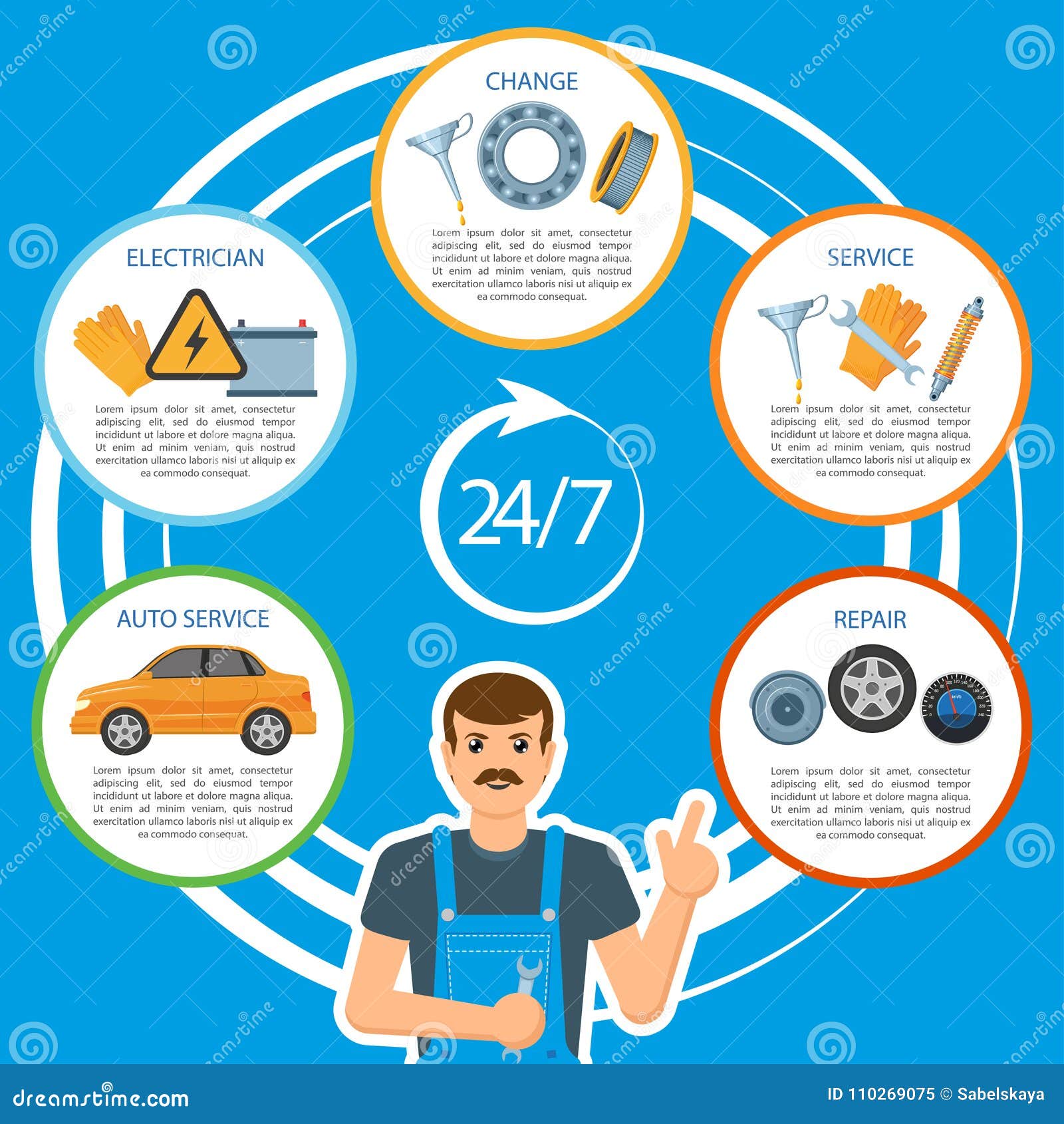Recognizing Your Auto'S Caution Lighting: What Do They Actually Mean?
Recognizing Your Auto'S Caution Lighting: What Do They Actually Mean?
Blog Article
Material Writer-Lauritsen Alvarado
When you're behind the wheel, those glowing caution lights on your control panel can be a bit bewildering. Do you understand what they're trying to inform you concerning your auto's health and wellness? Comprehending the value of these lights is crucial for your safety and security and the long life of your vehicle. So, the next time one of those lights turns up, would not you want to decipher its message precisely and take the necessary actions to resolve it?
Common Warning Lights and Interpretations
Identify common warning lights in your vehicle and understand their meanings to guarantee safe driving.
The most regular warning lights include the check engine light, which signals issues with the engine or emissions system. If this light comes on, it's important to have your lorry examined quickly.
The oil stress alerting light indicates reduced oil pressure, needing immediate interest to stop engine damage.
A blinking battery light might suggest a malfunctioning billing system, potentially leaving you stranded if not addressed.
https://abc6onyourside.com/news/local/tuffy-tire-auto-service-center-westerville-ohio-baby-deer-fawn-mom-reunited-after-wandering-into-local-business-delaware-county-6-7-2022 monitoring system (TPMS) light informs you to reduced tire stress, influencing lorry stability and gas effectiveness. Disregarding this could result in unsafe driving conditions.
The abdominal muscle light indicates a problem with the anti-lock stopping system, compromising your capacity to stop quickly in emergency situations.
Finally, the coolant temperature warning light warns of engine overheating, which can result in severe damages otherwise fixed swiftly.
Understanding these typical warning lights will aid you attend to issues without delay and keep safe driving conditions.
Relevance of Prompt Interest
Recognizing the typical warning lights in your car is only the initial step; the value of immediately resolving these warnings can not be highlighted sufficient to guarantee your safety and security when driving.
When a caution light brightens on your dashboard, it's your automobile's method of communicating a potential problem that requires focus. Neglecting these cautions can result in extra extreme troubles later on, compromising your security and potentially costing you more out of commission.
marine detailers to advising lights can prevent break downs and mishaps. For instance, a blinking check engine light can indicate a misfire that, if left neglected, could cause damage to the catalytic converter. Resolving this immediately can conserve you from a pricey repair work.
In a similar way, a brake system cautioning light could indicate reduced brake fluid or worn brake pads, vital elements for your safety when driving.
DIY Troubleshooting Tips
If you observe a caution light on your control panel, there are a few do it yourself repairing pointers you can try prior to looking for expert aid.
The first step is to consult your auto's handbook to recognize what the particular warning light shows. Sometimes marinedetilingnz can be as straightforward as a loose gas cap activating the check engine light. Tightening the gas cap may resolve the issue.
An additional common concern is a low battery, which can cause different cautioning lights. Inspecting the battery connections for rust and ensuring they're safe and secure might deal with the trouble.
If a caution light lingers, you can try resetting it by separating the automobile's battery for a few mins and then reconnecting it. Additionally, inspecting your automobile's liquid degrees, such as oil, coolant, and brake fluid, can help troubleshoot advising lights connected to these systems.
Final thought
In conclusion, understanding your automobile's warning lights is crucial for maintaining your automobile running smoothly and securely. By promptly resolving these alerts and recognizing what they imply, you can stay clear of costly repair services and potential failures.
Remember to consult your cars and truck's guidebook for certain information on each cautioning light and act as necessary to make certain a hassle-free driving experience.
Stay educated, stay safe on the road!
